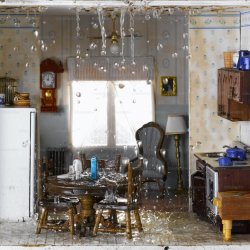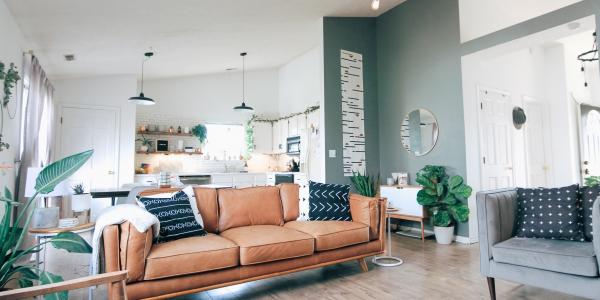5 Tips for Spotting Hidden Problems in Older Homes
There is a lot to look out for before you purchase an older home. But what if many of these problems are hidden or even invisible? It is critical to know what to look for, because you don’t want to risk spending more money than you expected, which is common with older properties. You might be thinking you are getting a great deal on a home, but then find out you have to pay more to have your home gutted and remodeled. More than that, though, you also want to make sure the home isn’t an energy waster either. Saving energy in older homes is hard to do and can be an expensive endeavor. Here are five tips for spotting hidden problems in older homes.
- A sagging roof. Over time, the roofs of older homes start to sag and will not only look bad, but it can also be dangerous. Moreover, fixing a sagging roof can be incredibly expensive. Yet, it can be hard to know if a roof is sagging in the first place. Some of the signs aren’t that obvious. One way to tell if a roof is sagging is to look at the peak of the roof – if you see any slight irregularities, chances are you have a sagging problem.
- Make sure there are no foundational issues. After a house has been sitting on a foundation for a few decades, the foundation can start to show signs of wear and tear. These foundational problems can be hugely expensive to remedy and they are hard to notice. Sometimes foundational problems are completely invisible until one day part of your home collapses in a heap. One way to check for foundational issues is to look at the concrete along the bottom of the home. If you notice any fractures or even moisture spots, there could be a foundation problem.
- Unleveled flooring. Older homes can also start to slant and warp – and nowhere is this more noticeable than on the floors. If you can place a small marble on the floor and watch it roll in a certain direction, chances are the floor has a sloping problem. A home with severely sloping floors can be uncomfortable to live in. Moreover, re-leveling a floor can be expensive and requires heavy construction.
- Colder in one room than the other. The opposite of this is that one room is warmer than another. One of the most common problems in older homes has to do with the HVAC system. Either the home isn’t ventilated properly, or there isn’t enough insulation. There could also be drafts in the windows and doors. Many of these problems are easy to fix, but they can be costly, especially if you need to replace an entire system.
- Water damage. Water damage is interesting, because either there are no signs at all or the signs are obvious. Some more obvious signs include visible mold and water stains. Some less obvious signs are slight musty smells and even a feeling of increased moisture and humidity. The simple fix to a moisture problem is to install a dehumidifier, but if the problem is severe, it could take some heavy construction to remove the damage ¬- or else you could have a mold problem on your hands.
More to Read:
Previous Posts:




